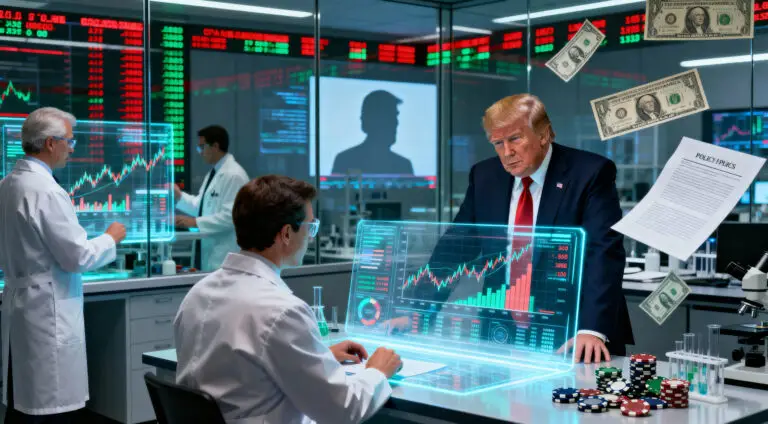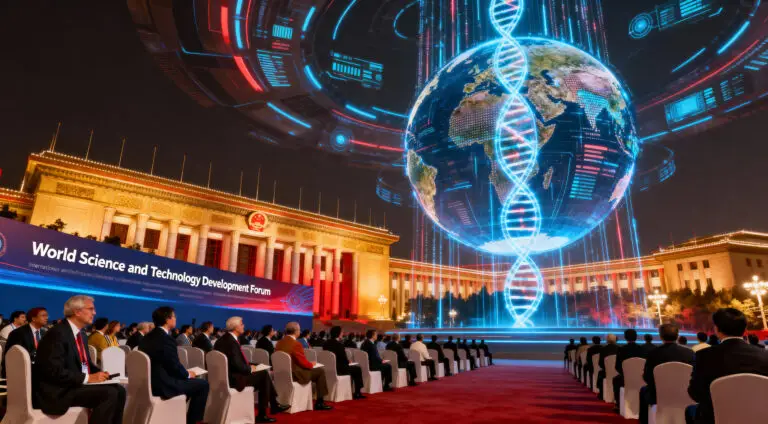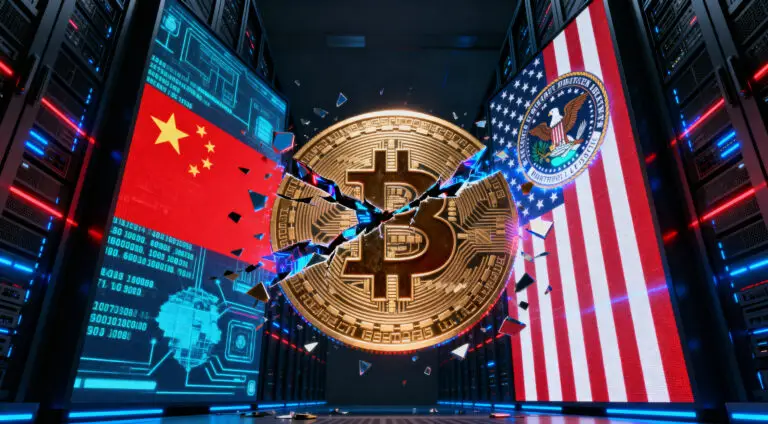No matter the increasing ideological rift between the United States and China, the two countries need to sustain their economic partnership for the good of global equilibrium and economic growth. This was the main argument put forth by British journalist and The Economist’s geopolitics editor, David Rennie, during a talk at the University of Wisconsin-Madison the other day.
A History of Intertwined Destinies: The US and China
Rennie, who worked in The Economist’s Beijing bureau from May 2018 through September 2024, knows how China’s economy used to perform and how it is now evolving. He noted that the US and China have had a relationship for various decades, and it is multifaceted. It contains one absolute perception gap, being the United States as a democratic state and China under the rule of the Communist Party of China (CCP). Otherwise, both enjoy the benefits of a global market, trade, and international consumerism.
The Conditional Welcome: America’s Historical Stance
The world as we know it “For over a century America’s leaders have remarked, and I believe to a degree meant it, that they were happy with China’s growth.” The US hoped to induce a “Western and liberal” China, which is deemed softer and more favorable.
A New Global Economy Emerges: Economic Boost
India and the Americans, along with Deng’s policies, started fueling China’s growth, which led to an immense increase in their economy. His policies single-handedly sparked an unprecedented growth era for the entire world economy. This phenomenon affected the whole world economy, and the US, Japan, and European nations rushed to support it.
Political Factors vs. Income Paradox: A Tough Balance
Despite the undeniable economic boom of China, the US felt discomfort mainly due to political issues. The misconception that the economic advantages China’s rise brought would also strengthen the US’s political values weakened relations between the two superpowers.
A Transforming World: The Era of Trump and the Aftermath
Rennie marked the year 2016, along with the initial Trump presidency, as a key inflection point. In his discourse, the widening distrust between both countries is far more profound than mere racism or denial of China’s global ascendance. The anti-globalization backlash, alongside its impacts on certain populations, is equally salient.
The Role of Technology: A New Frontier of Rivalry
Rennie identified the U.S.-China relationship as a problem area due to its fractious nature, with technology as the central theme. In his singular voice, “the 21st century’s most advanced globalization entails life-long engagements of absolute devotion between corporations and their consumers.” He worries about the ideological vacuum of trust that is declining between China and the U.S. and, “heavens forbid,” the former achieving a commanding height in several critical technologies.
A World of Unpredictability: Managing Complicated Relations
Following the second Trump presidency, the more fanciful idea about the U.S.-China relationship most certainly revolves around the notion of uncertainty, as emphasized by Trump’s conceptual fringe. Without underscoring the policy-driven sideline, which supposedly champions, according to Rennie, “the renting methodology instrumentation” for fiscal appropriation of America’s economy, he bluntly remarked Trump relies heavily on tariffs.
Decoupling Issues and Their Political and Social Ramifications
Jernie’s Zussel Woci Policy Management chapter brought attention to decoupling issues and their political and social ramifications, providing Zheng’s analysis with a compelling narrative arc. It showed how decoupling measures would be politically charged while at the same time being strongly opposed due to realpolitik. Rennie’s insights still accentuate issues regarding the so-called constructive engagement approach to U.S. relations with China. This approach, while focusing on political dialogue, ignores the fact that sustained dialogue only becomes possible when political tensions are properly managed.















